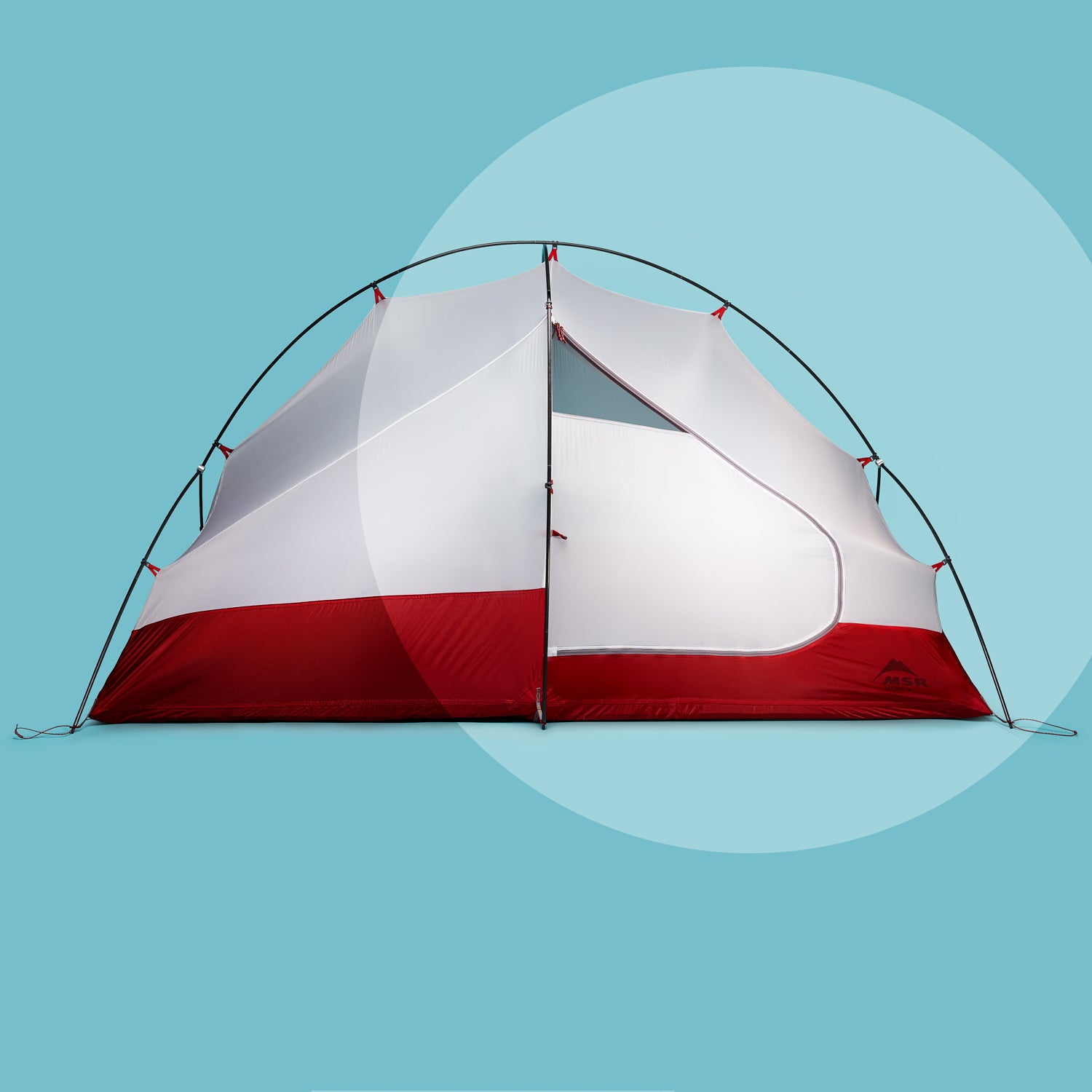Shelters for wherever the trail takes you. (Read more of our in-depth tent reviews.)╠ř
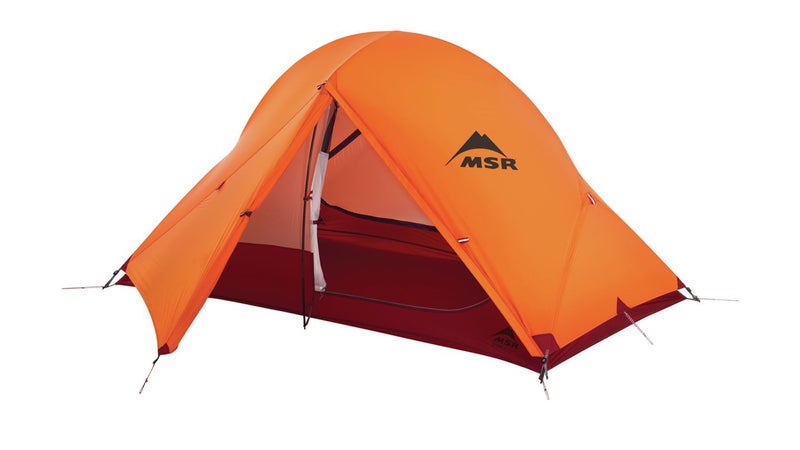
MSR Access 2 ($600)
If you havenÔÇÖt upgraded your hiking shelter in a while, youÔÇÖre missing out. Weights are tumbling, while living space, durability, and feature sets continue to grow, making for tents that perform year-round. is at the extreme end of this trend. Until it came along, most options fell into one of two categories: three or four┬şseason. Take a light three-season shelter winter camping and youÔÇÖll be cold and miserable. Four-season tents, with their extra poles and thick fabric walls, are heavyÔÇöand overkill in the muggy summer months. With the Access, MSR bridges that gap, using top-of-the-line materials to cut heft and beef up performance. Despite weighing half as much as most winter shelters, the Access barely flapped in an alpine windstorm. It took on six inches of slush without a slouch, thanks to the 20-denier fly and floor fabric, and didnÔÇÖt turn into a sauna during warm-weather outings. Plus, the 29-square-foot volume only hints at the amount of livable space. The poles push all four walls toward vertical and boost the ceiling, so getting in and out doesnÔÇÖt require crawling. Add two big vestibules and large storage pockets, and a couple of guys with gear were cozy but comfortable. Those details are a testament to the little things invested in this, the only tent you need. 3.7 lbs
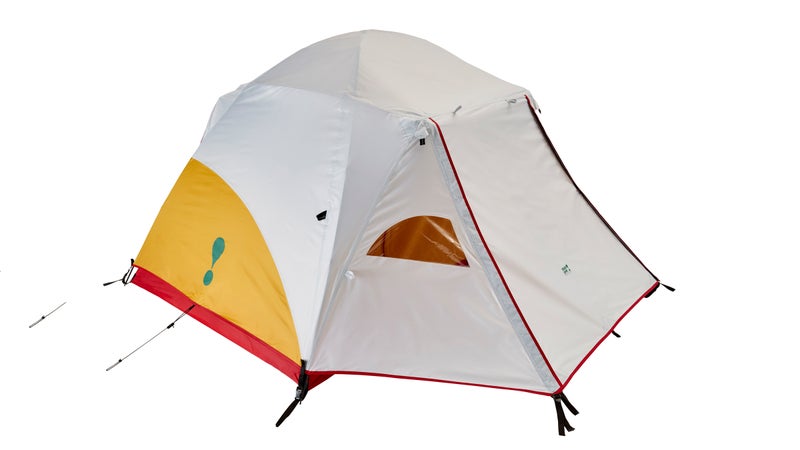
Eureka Suite Dream 2 ($250)
Best For: Honeymooning.
The Test: A husband and wife team heading out on a monthlong road trip planned on roughing it. But after pitching at a walk-in campground on the Olympic Peninsula, things changed. ÔÇťThe truck seemed like a hovel after the tent,ÔÇŁ they said. The 40-square-foot interiorÔÇöten feet more than a typical two-person tentÔÇöis big enough to fit a queen-size inflatable mattress. The couple could sit up and get dressed under the four-foot peak, and the dome shape afforded several feet of elbow room. A triangular space for boots and shoes added more storage. Finally, the media centerÔÇöwith a touch-compatible tablet sleeveÔÇömade the tent feel even more like home.
The Verdict: The epitome of comfort camping. 4.4 lbs
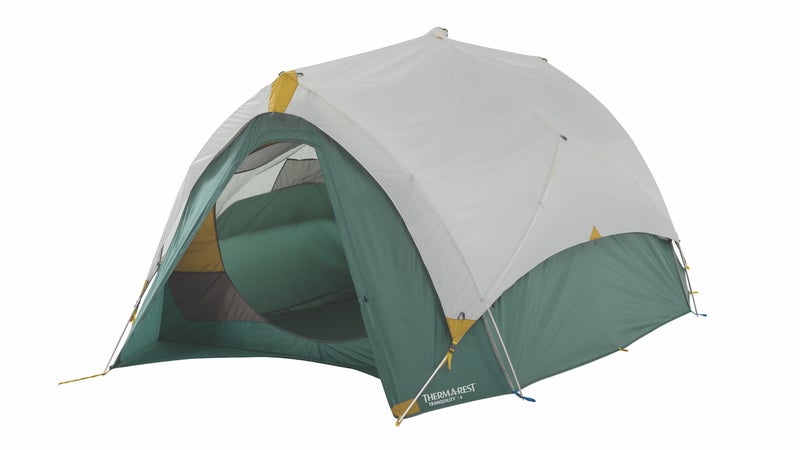
Therm-a-Rest Tranquility 4 ($480)
Best For: Car-side luxury.
The Test: Therm-a-Rest took its mastery of the sleeping pad and applied it to a shelter, and weÔÇÖre impressed with its first salvo. packs into a svelte backpack a welcome change from the bulky, awkward sausages that pass for most car-camping tents. Clipping its three color-coded poles to the body creates a modified A-frame: a five-foot-high pointed roof with walls that bow out to nearly vertical. This sucker has more headroom than a Subaru Outback. The vestibules enclose a foot-wide space in front of each door. They kept shoes and towels dry when zipped shut during a summer shower, then rolled up and out of the way when skies cleared, leaving the huge door to deflect sand blowing off the beach at our campsite. The Tranquility 4 was palatial for two and perfect for three. Families of four: upgrade to the six-person version.┬á
The Verdict: A solid debut from the sleeping-pad pioneer. 13 lbs
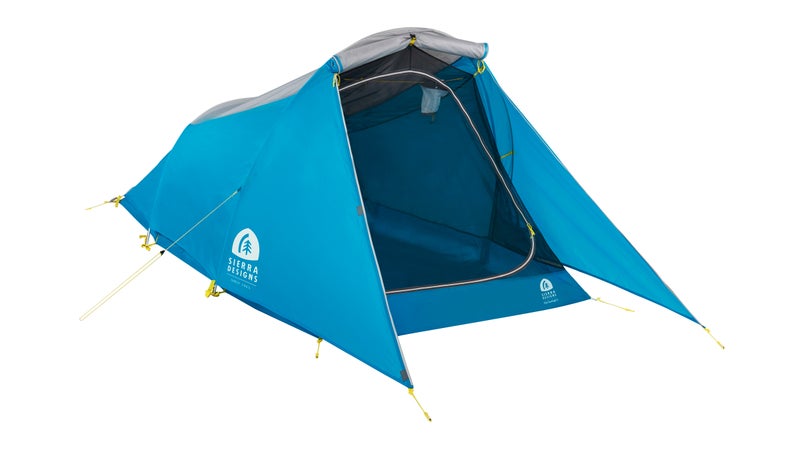
Sierra Designs Clip Flashlight 2 ($200)
Best For: Old-school functionality.
The Test: Sierra Designs brought the to market more than three decades ago. This second iteration stays true to the soul of its tried-and-true predecessor and adds a few important upgrades. It still isnÔÇÖt freestanding and needs to be staked upright, but the two hoop poles raise the mesh body higher (42 inches) and wider (52 inches). The single vestibule is bigger, too, and zippers on either side let you roll it out of the way or transform it into an awning. And this version is just as lightÔÇöand affordableÔÇöas the original. ÔÇťItÔÇÖs roomy for its weight and price and, most important, stayed dry and stable in a storm,ÔÇŁ noted a mountain-guide tester in British Columbia.
The Verdict: A smoking deal for a dependable tent. 3.9 lbs
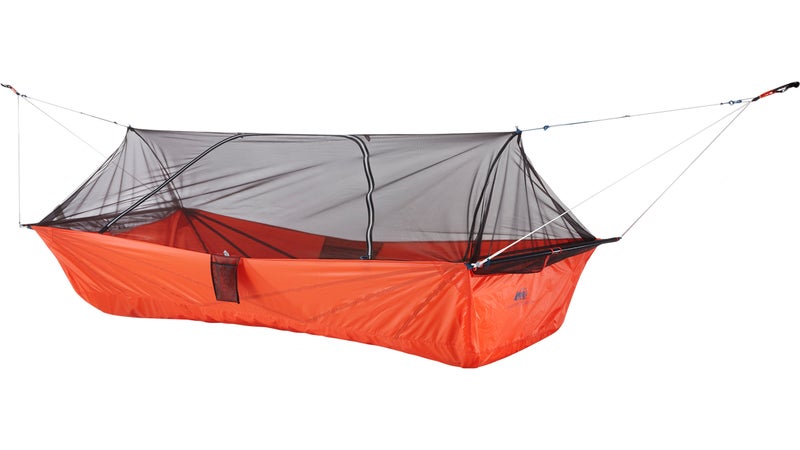
REI Quarter Dome Air Hammock ($219)
Best For: The hammock curious.
The Test: Suspended tents are having a bit of a moment, and while many are gimmicksÔÇöpainfully claustrophobic and finicky to set upÔÇöthe leads the pack by several miles. REI borrowed elements from a parachute to create a flat surface that holds its shape well enough that you can sleep on your side without feeling like youÔÇÖre sinking into a tarp taco. Lightweight stabilizer bars at each end hold the hammock open, while six webbing straps evenly distribute tension. Thanks to the hanging shelterÔÇÖs intuitive, versatile design, you can sleep on either sideÔÇöone with a bug fly and one without. From there itÔÇÖs easy to adjust the fly by pulling a series of straps to snug it low or loosen it for more ventilation. The pi├Ęce de r├ęsistance? The Quarter Dome Air stows small and light.┬á
The Verdict: A hanging tent suitable, dare we say it, for backpacking. 3.1 lbs
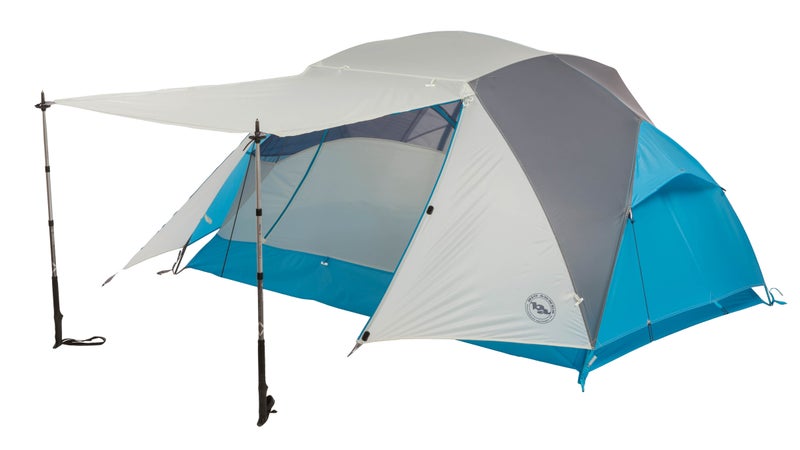
Big Agnes Tufly SL2+ ($400)
Best For: Backcountry capability with car-camping comfort.
The Test: Cooked up by a team of women designers at Big Agnes, is a tent with every creature comfort youÔÇÖd want at a drive-in campsite. Think six storage pockets, two overhead media pockets, and generous square footage. But flashy accoutrements donÔÇÖt mean it lacks grit. Two guides hauled the Tufly into the Vancouver Island alps on a stormy four-day trip. ÔÇťMight be the best tent IÔÇÖve ever used,ÔÇŁ said one. ÔÇťThe only negative is that we fought over sides.ÔÇŁ While the shelter itself is symmetrical (read: easy to set up), one vestibule is bigger than the other and props into an awning. Truss poles push both doors out, preventing water from sloshing in when youÔÇÖre entering and exiting. They also lift the side walls to vertical, which makes the Tufly especially roomy.┬á
The Verdict: A two-person tent that lives up to its billing. 4.3 lbs
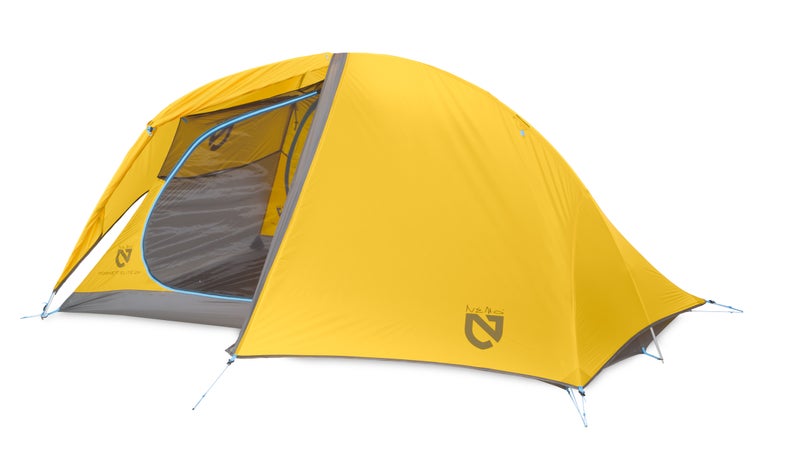
Nemo Hornet Elite 2 ($500)
Best For: Going solo.
The Test: Unless you plan to spoon all night, donÔÇÖt attempt to share this Nemo with a mate. But it absolutely shines on fast and light solo missions. Weighing in under two pounds and packing down smaller than a water bottle, has ample room for a soloist and all their gear. Camped on a hike-in surf beach in pouring rain, we kept a fully stuffed pack inside and still had room to stretchÔÇöan impossibility in most one-person tents. The two doors and 12-square-foot vestibules seemed luxurious. But treat the gossamer seven and ten-denier fly and tent fabric with respect.
The Verdict: The premium option for the weight-conscious loner. 1.8 lbs


